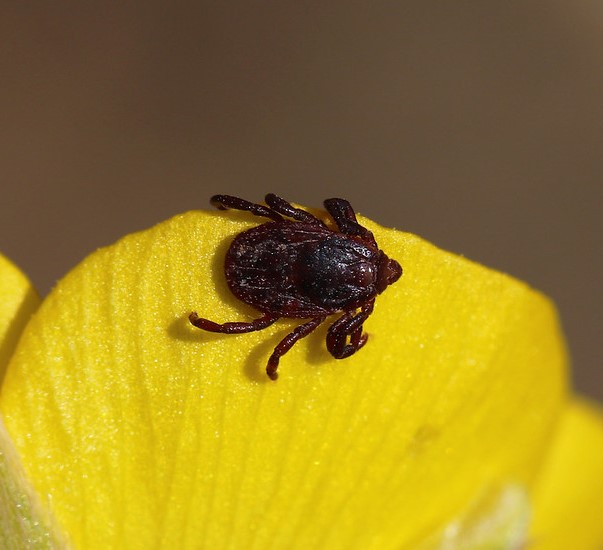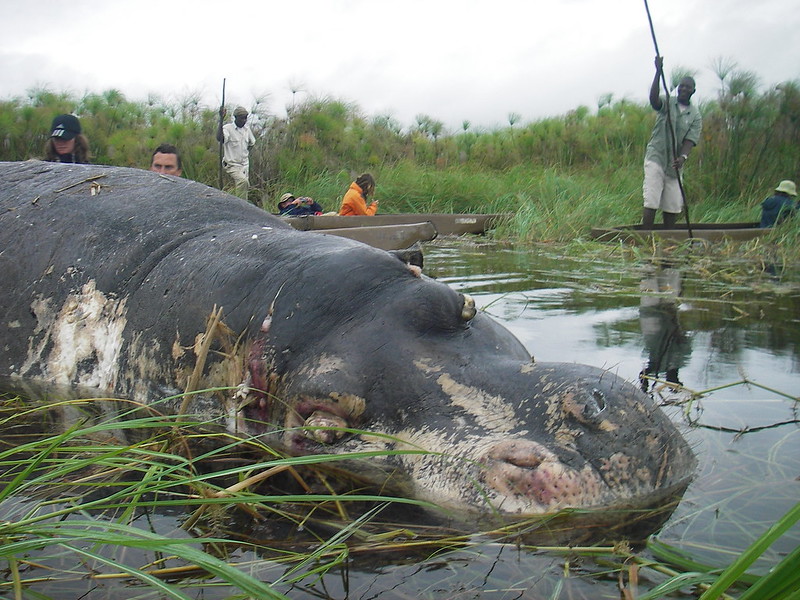
Obesity is more common in patients diagnosed as having COVID-related multisystem inflammatory syndrome in children (MIS-C) than those with Kawasaki disease (KD) and is tied to worse outcomes, suggests a study published late last week in JAMA Network Open.
A University of Alberta researcher led the study of 1,767 KD and MIS-C patients at 42 sites in eight countries from January 2020 to July 2022. Of 1,767 children, 338 had KD (median age, 2.5 years; 60.4% boys), and 1,429 had MIS-C (median age, 8.7 years; 61.4% boys).
KD inflames blood vessels and can lead to long-term complications and death. MIS-C is a systemic inflammatory disease characterized by heart abnormalities that usually resolve within weeks, the authors noted.
Obesity not associated with KD outcomes
The prevalence of overweight and obesity was significantly higher in MIS-C than KD (41% vs 23%). Rates of overweight (17.1% vs 11.5%) and obesity (23.7% vs 11.5%) were significantly higher in MIS-C than KD, even after adjustment for age, sex, and race.
For KD, higher adiposity (overweight) categories weren't tied to lab results or disease outcomes, except for intensive care unit (ICU) admissions.
The findings of this study suggest that obesity is a comorbid factor that should be considered at the clinical presentation in children with MIS-C.
For MIS-C, higher adiposity was associated with worse lab test results and outcomes, including a greater likelihood of shock, ICU admissions, and need for inotropic drugs to strengthen heart contractions, as well as higher concentrations of inflammatory biomarkers and levels of creatinine (measure of kidney health) and alanine aminotransferase (measure of liver health).
"The findings of this study suggest that obesity is a comorbid factor that should be considered at the clinical presentation in children with MIS-C," the researchers wrote.
In a related commentary, Kirsten Dummer, MD, and Jane Burns, MD, both of the University of California San Diego, said obesity is difficult to disentangle from social determinants of health and variant exposure. "Given the global decrease in MIS-C case numbers, the data presented by Khoury and colleaguesmay be the final word on the possible role of obesity in influencing clinical disease severity in MIS-C."













